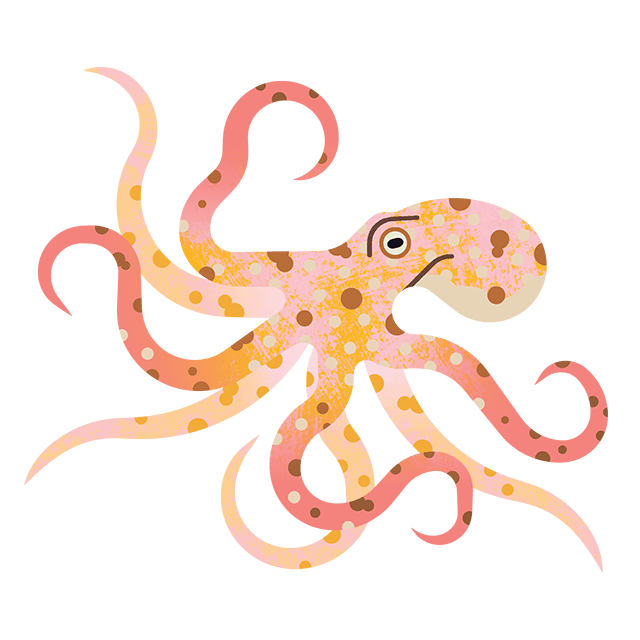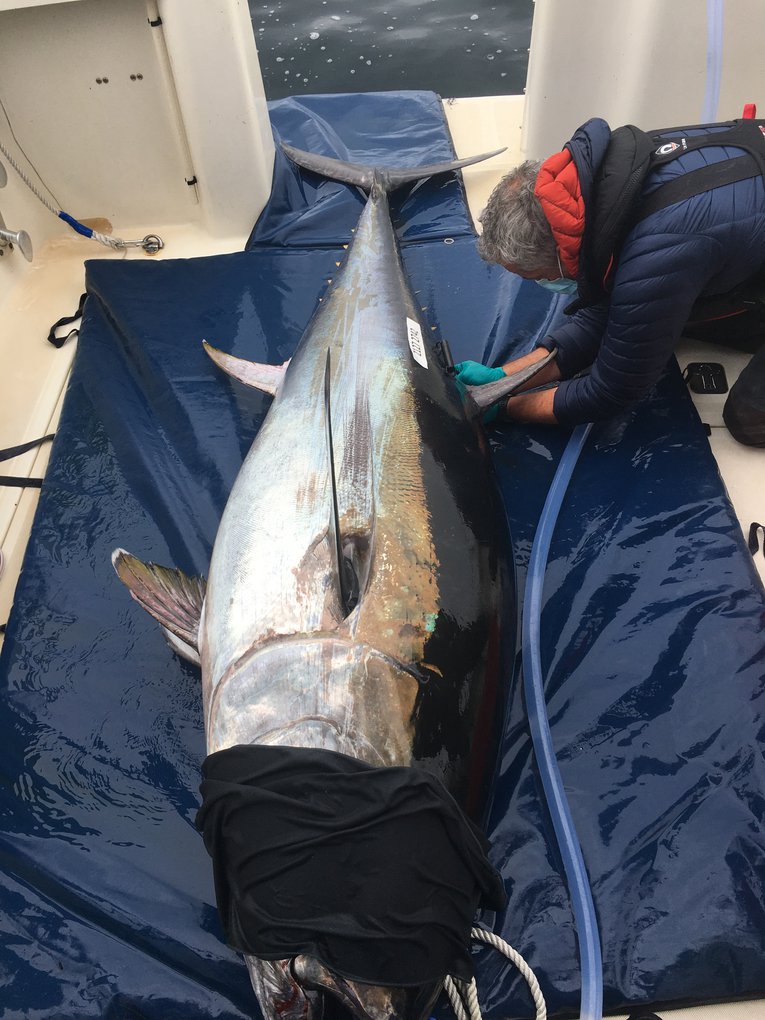
Fish INTEL update: find out what our tagged fish are up to
3 minute read
It's been a busy few months for our Fish INTEL team, with 16 bass, 29 bluefin tuna and 30-35 crawfish now tagged. Here's how the project is progressing and what our researchers are hoping to learn.
Our Fish INTEL public launch event went live at 0930-1130 on Tuesday 30 November 2021.

What is the Fish INTEL project?
Fish INTEL is a major EU-funded project to learn more about fish behavior within UK, French and Belgian seas.
The project involves tagging fish with innovative acoustic tracking devices and monitoring how they use different ecosystems such as estuaries, mussel farms, shipwrecks, reefs and windfarms.
By tracking fish movements and studying their habitats, we hope to build a comprehensive picture that will inform commercial fishing policies and help marine life to thrive.
The project will focus on the following commercially important species:
- bass (Dicentrarchus labrax) – https://twitter.com/i/status/1438868894672904193
- bluefin tuna (Thunnus thynnus) – https://www.youtube.com/watch?v=WIJnFW32gBU
- crawfish (Palinurus elephas) – https://youtu.be/Qz2UA51Guqw
- pollock (Pollachius pollachius) – https://youtu.be/v2E07r5iiXQ
Bass in Belgium
A total of 16 bass have now been tagged around Belgian offshore windfarms. Scientists will be watching to see if the bass remain close to the windfarms, using the area for shelter and feeding.
A recent scientific paper from University of Plymouth FISH INTEL scientist Tom Stamp and colleagues has shown that juvenile fish spend most of their early lives within 20 km of the estuary where they are tagged.
Even though fish can move considerable distances (one individual moved between south Devon and southern Wales), 81% return to, or stay near their original capture sites.
This shows how important protection of estuaries is to the fish.

Bass aggregating off ‘the longships’ Cornwall
Credit: Thomas Stamp, University of Plymouth
Bluefin tuna in Cornwall
There has been great success in catching bluefin tuna this summer and 29 fish have been tagged off Cornwall.
Bluefin tuna can be enormous, regularly growing to over 200 kg. Working with them is a skilled job and any project members handling these animals must have a government licence to ensure the animals are kept in good condition while being tagged.
Crawfish off the Isles of Scilly
Some 30-35 crawfish have been tagged in waters off the Isles of Scilly. About half of them were collected by freedivers, and the other half by using a trammel net (made up of layers of netting). The crawfish have all been tagged and replaced into waters within 1.5 km of the acoustic listening device, which will monitor their location.

Crawfish with acoustic tag on it
Credit: Thomas Stamp, University of Plymouth
What's happening with pollock?
Pollock are to be caught and tagged this winter in UK and northern French waters.
It's thought that the fish gather around offshore artificial structures (such as wrecks and windfarms) before spawning, then move back inshore for spring.
Anglers working with us on the project target the pollock in these locations. It's essential that they bring the animals up slowly from the deep waters so their swim-bladders can adjust to the pressure change.
France Energie Marine are placing acoustic receivers in and around new French windfarms from December to February and working with partners IFREMER and University of Brest to record movements of key fish species within these structures.
Technical update: keeping our equipment clean
Acoustic receivers (“listening stations”), which record the movement of tagged fish, should be serviced every four months to remove algal growth, to resecure the moorings and to download the data.




